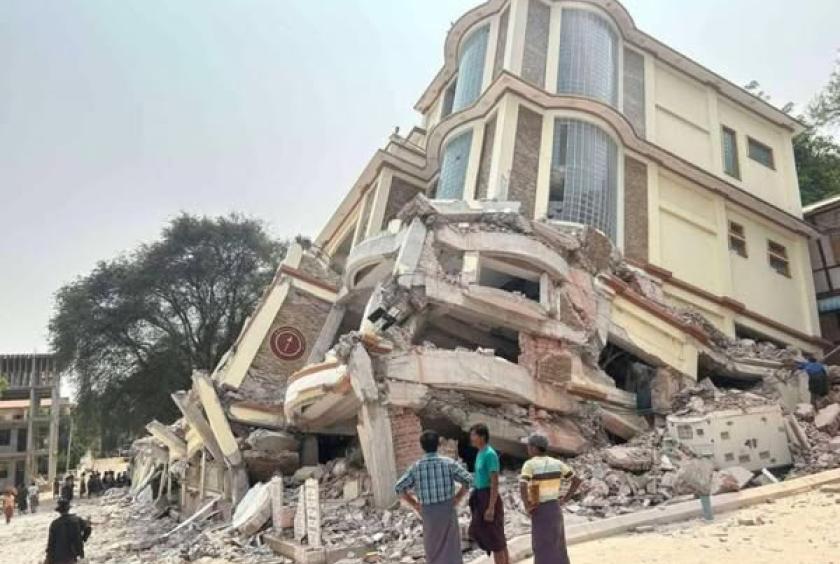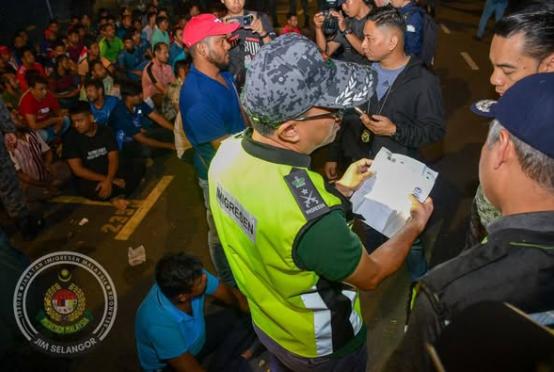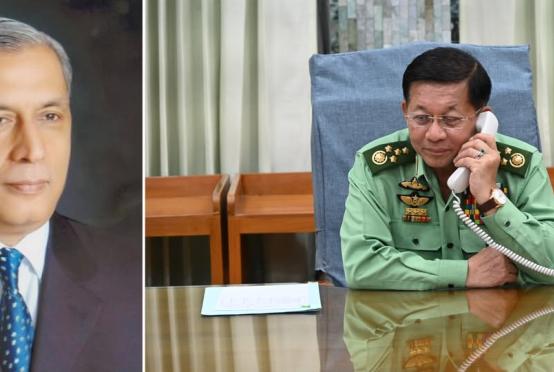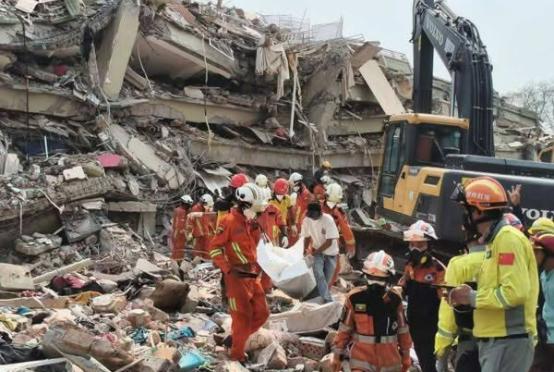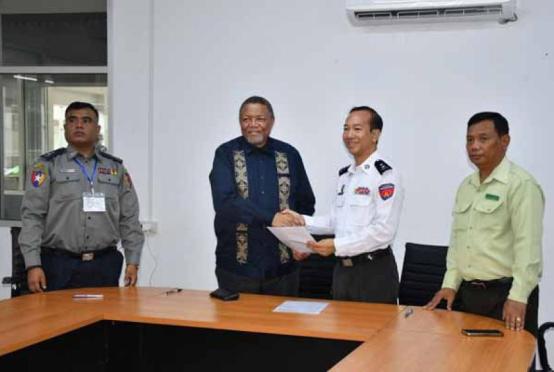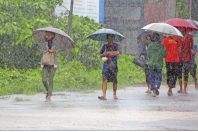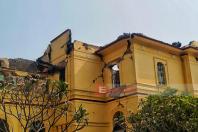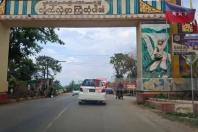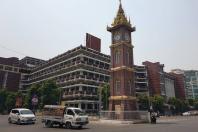Update News
The current death toll from the earthquake that struck multiple regions across the country stands at 1,002, with 2,376 people injured and 30 still missing. Authorities are continuing to gather detailed information as the situation unfolds.
This morning, March 29, Senior General Min Aung Hlaing, Chairman of the State Administration Council (SAC) and visited Mandalay Region, which experienced severe damage from the earthquake. The Senior General began his inspection with an aerial survey of the affected areas.
At a meeting held at the Central Military Command, Mandalay Region Chief Minister U Myo Aung, Sagaing Region Chief Minister U Myat Kyaw, Central Military Command Commander, and other officials presented updates on the damage and losses caused by the earthquake in Mandalay Region, as well as the ongoing search and rescue operations.
During the meeting, Senior General Min Aung Hlaing emphasized the need for immediate action to address the aftermath of the earthquake. He stressed that the injured should be quickly transported to nearby hospitals and clinics for urgent medical care, with both military and civilian medical personnel providing necessary treatment.
The Prime Minister also directed that the deceased be properly buried and that immediate arrangements be made for temporary shelter for those displaced by the disaster. He noted that efforts should be made to clear dangerous collapsed buildings, inspect the quality of older structures, and prioritize the construction of new buildings that adhere to established durability standards.
Additionally, he instructed officials to ensure that essential services, such as water, electricity, and living spaces, are provided in affected areas, and that food and drink supplies are readily available. To support relief and rescue operations, the Prime Minister also ordered the swift improvement of airports and runways to facilitate the delivery of aid and personnel.
Senior General Min Aung Hlaing inspected the extensive damage caused by the earthquake in Mandalay, including the collapse of palace walls, severe damage to buildings and roads, and the destruction and fire damage to the main building of Mandalay University.Following reports from local officials, the Prime Minister issued immediate directives to expedite the search and rescue operations for those trapped in collapsed buildings. He emphasized the need to prioritize recovery efforts and continue working on the restoration of essential infrastructure. Additionally, Senior General Min Aung Hlaing called for strengthening the reconstruction of new buildings and ensuring that all necessary actions are taken to support the affected communities.
In addition, the Prime Minister visited the old airport site in Chan Mya Thazi Township, where temporary facilities for a hospital and a rescue camp are being set up to treat the injured. He instructed officials to ensure the timely implementation of these measures and assured that further inspections of the earthquake damage in Mandalay City will continue.
The earthquake and its aftershocks, which occurred on March 28, caused widespread damage in several regions, including Sagaing, Mandalay, Magway, Northeastern Shan State, Nay Pyi Taw, and Bago. Roads, bridges, and buildings were damaged, leading to numerous casualties. Search and rescue operations are ongoing in the affected areas to assist victims.
The latest figures indicate that the nationwide earthquake has resulted in 1,002 deaths and 2,376 injuries, with 30 people still missing. Efforts to gather more information and provide assistance continue.


